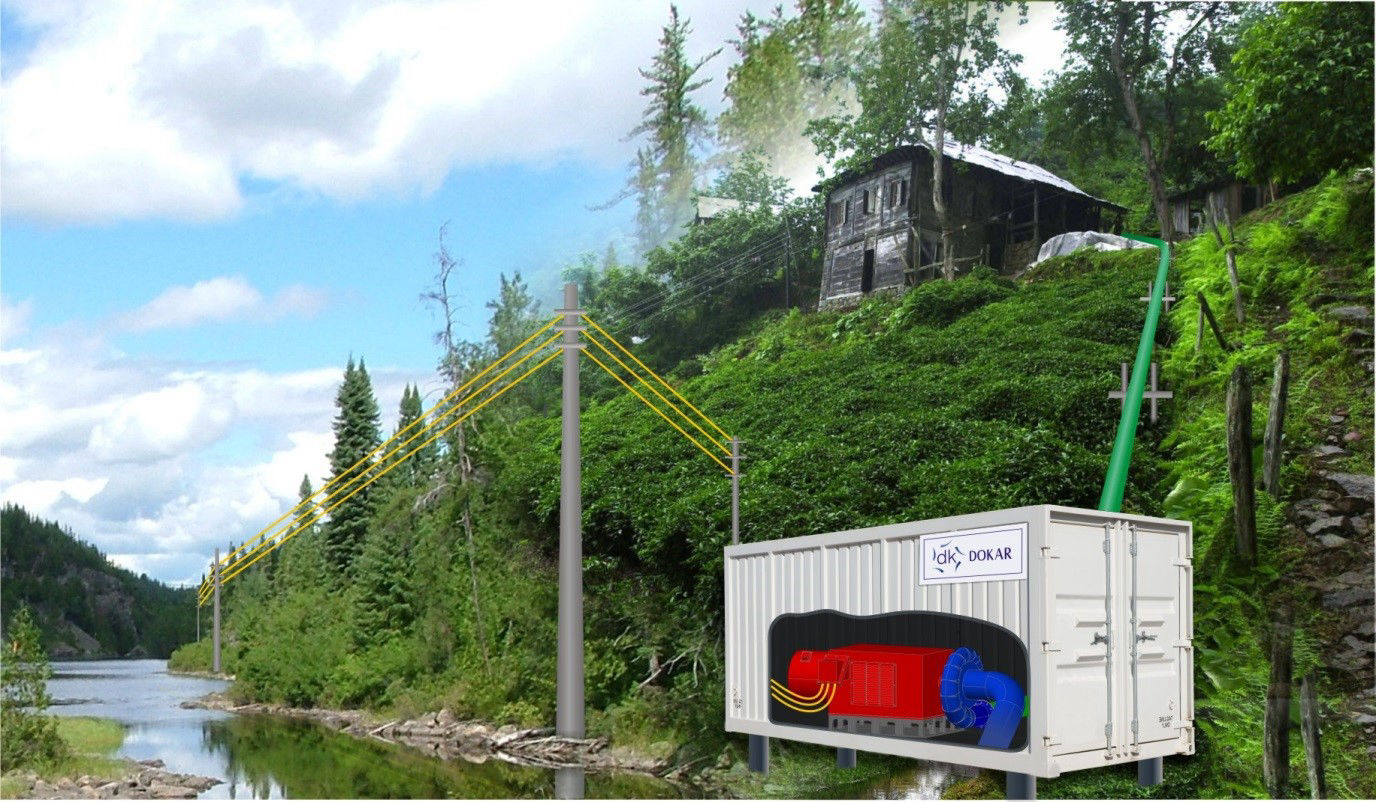
Energy Market Regulatory Authority (EMRA) have been just recently passed an amendment allowing Independent Power Producers (IPPs) to build and distribute their own electric energy up to 500 kW without the license. This new law is opening a new vista of opportunities for hydroelectric power plants installed by the DOKAR Company.
DOKAR company business opportunites
Since 500 kW and below rated electric energy can be generated without the cumbersome licensing procedures DOKAR Company is now offering turn-key solutions to potential consumer investors. 20" container can accommodate a full scale of hydroelectric power plant generating up to 560 kW thus eliminating oversized power house buildings, additional tailend water canals and the large collectors. Our design and installation technics DO stop unnecessary construction sites which prevent a negative environmental impact on the landscape. DOKAR Company Turn-key solutions offer not only the modular and compact hydroelectric power plant hardware but also their easy operation and monitoring controls. User friendly software programs allow IPPs to count the electric generation and diagnose / apply maintenance measures via internet connections

EMRA – Regulations
The newly enacted amendment will offer individuals and organizations to own their electric producing power plants for consumption as well resale the surplus power without the EMRA license. This law covers all kinds of renewable energy production technics such as solar, wind, biomass and water. The spirit of this law is to encourage independent power producers to contribute to the national grid by way of clean and sustainable methods using solar panels, micro/mini turbines and the like electro-mechanical equipment electrifying small but sizable industrial complexes, housing units, schools, hospitals and the like consumers.
Road map to independent power production
There are number of steps to take for independent power production capabilities.
STEP 1.
- Ownership of the land USE -where the power plant will be installed- must be in hand,
- Power generating factors (besides the wind and solar) must be secured,
- The efficiency rate must be proved.
Whence all of the above perimeters completed then the application form will be summited to the Electric distribution Companies (EDC). Collected forms will be evaluated and answered within a month time when and if the application proves the following regimes:
1. Application is for and only renewable energy resources.
2. Application and the consumer address is the same.
3. Applicant has not submitted for the same kind of request before
STEP 2.
- Projects need to be approved,
- Electro-mechanical / turbine-generator –automation equipment list and their test results, are be submitted to the EDC (Electric Distribution Companies) within 60 days.
STEP 3.
- Electric Distribution company will sign a contractual agreement with the IPP for the inter-connection lines and grid using protocols within 30 days.
STEP 4.
- If the system is designed and planned for the high-voltage lines (that is 1kV and above) then the installation must be completed within 2 years.
- If the system is designed and planned for the low-voltage lines (that is 1kV and below) then the installation must be completed within 1 year.
STEP 5.
Whence the power plant is ready for operation then the Ministry and/or their official agency will review, test and approve its generation regime to supply electric within 15 days time.
Pricing the energy
- Surplus electric will be sold according to their generation methods.
- If the plant is designed and made as renewable energy production facility then the pricing will be according to Gov’t policy on incentive rates.
- If the plant has 75% local / national equipment list then the rates will be according to national retail price.
- The spirit of amendment is to encourage the individuals to use their own electric for consumption rather than the commercial zeal. Therefore the pricing is adjusted according to retail market.
The capacity of 500 kW power plant
The average capacity of 500 kW power plant can sustain 2,000 hours of production per year, totaling about 1 Million KiloWatt per year output, electrifying approximately 700 housing units-considering that each house consumes 1,500 kWH per year electric.
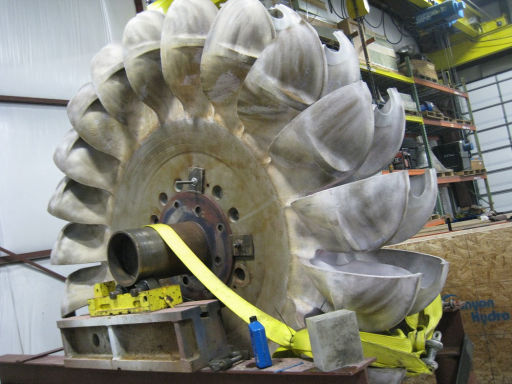
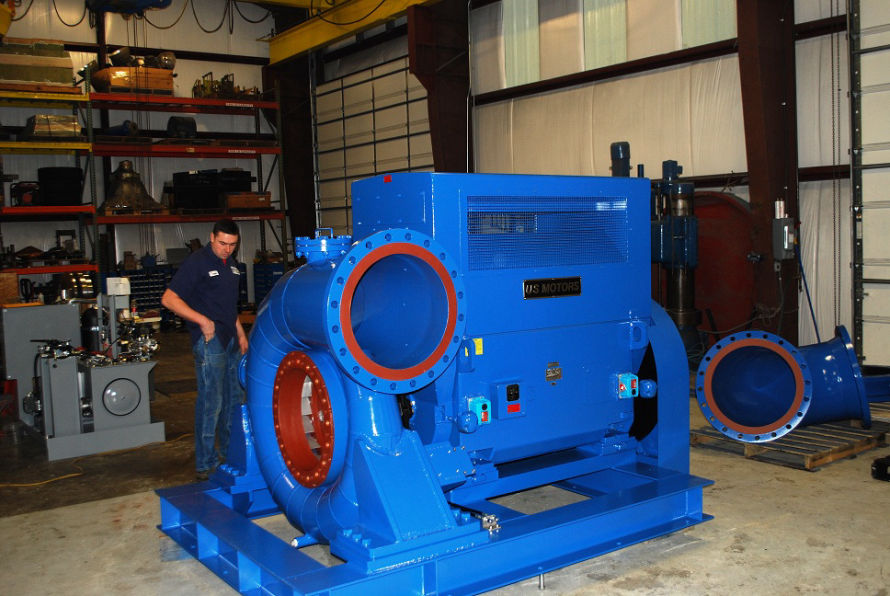
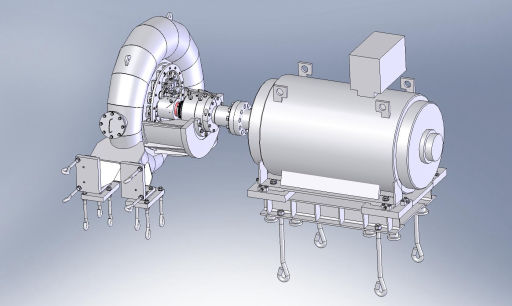
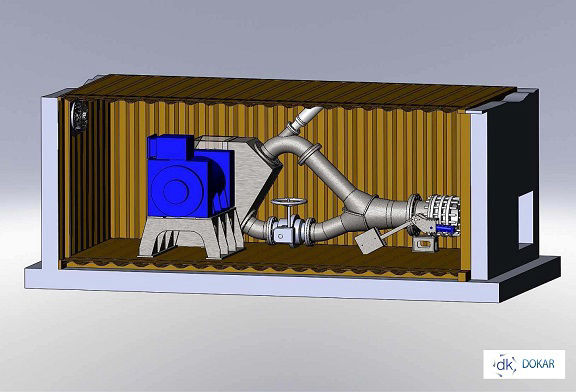
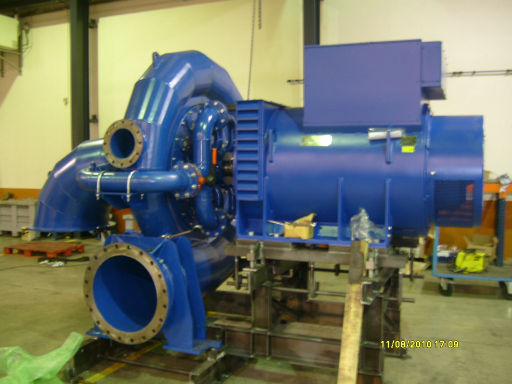
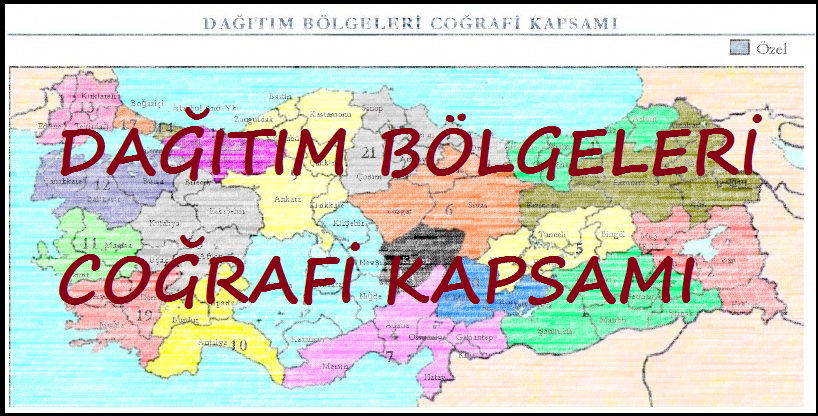
Web page was built with Mobirise